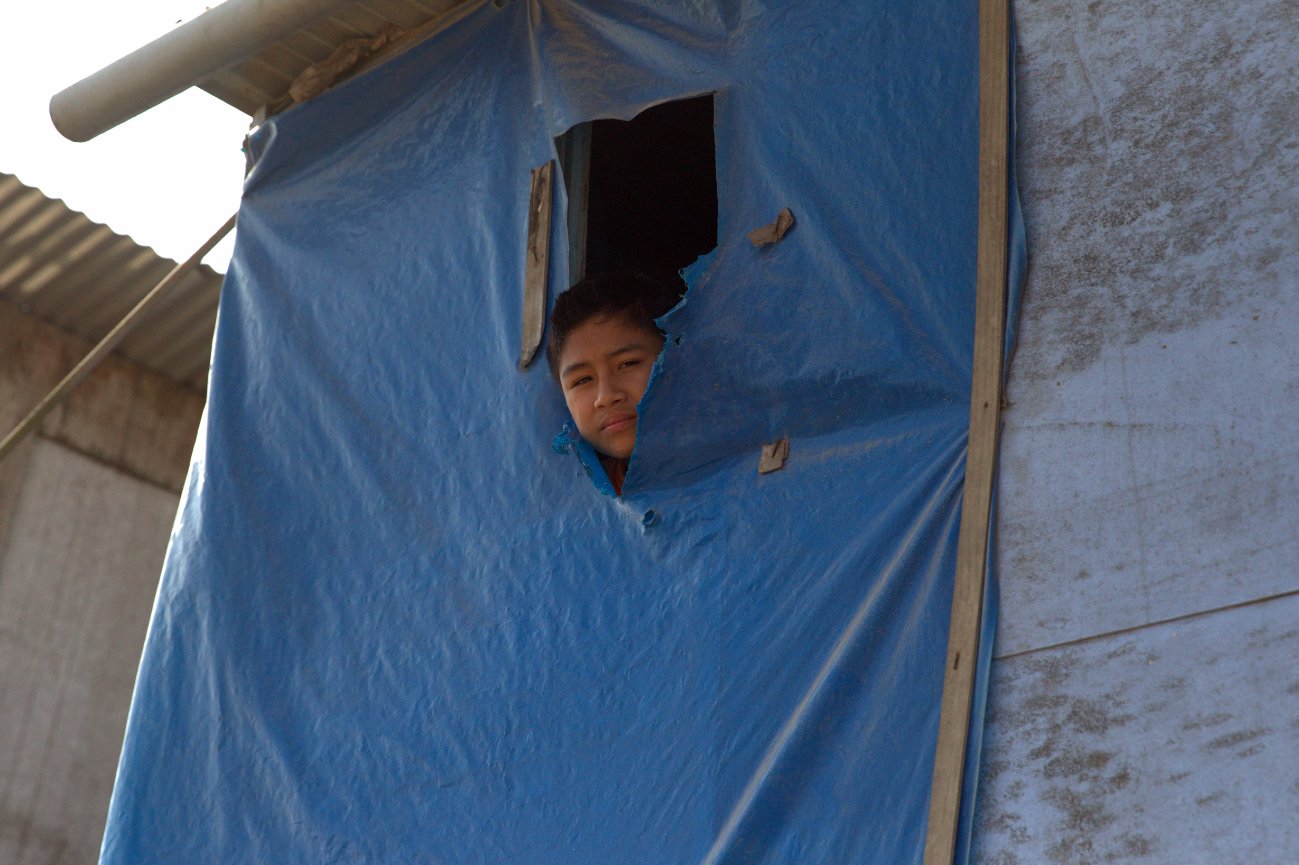 When I was visiting Peru last month, I had what I though was a strange request for the wonderful bed and breakfast at which I was staying. Would it be possible to find someone to take me to Lima's slums? Without pausing, Lilian Delfin of Second Home Peru told me of Haku Tours, a local tour company that uses the proceeds of its tours to help people who live in shantytowns.
When I was visiting Peru last month, I had what I though was a strange request for the wonderful bed and breakfast at which I was staying. Would it be possible to find someone to take me to Lima's slums? Without pausing, Lilian Delfin of Second Home Peru told me of Haku Tours, a local tour company that uses the proceeds of its tours to help people who live in shantytowns. 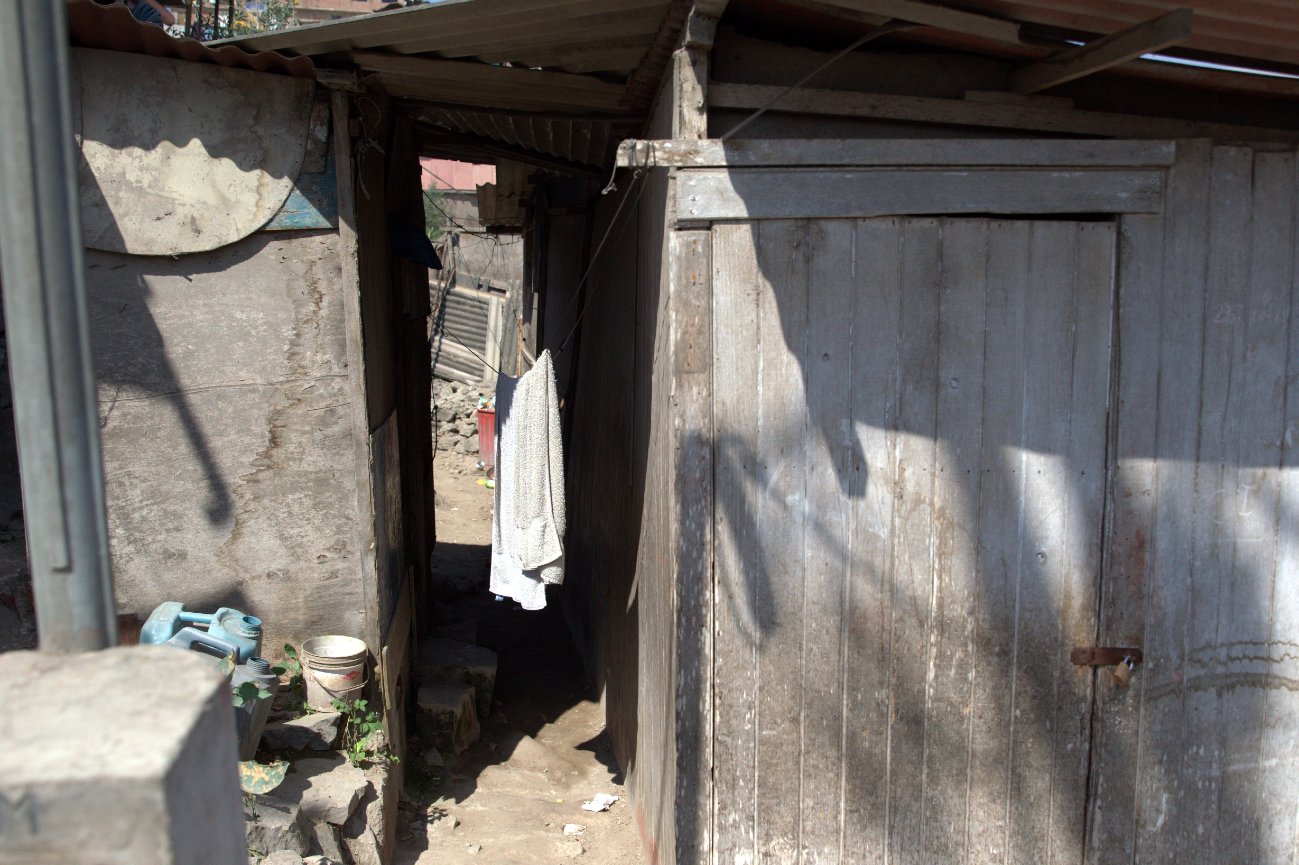 In the central neighborhoods of Miraflores and Barranco, Lima looks one way. Solidly built apartment buildings, lots of commercial activity and streets filled with cars. Go to the outskirts and high up on a hill in Pradera de Villa, and it looks another way. Buildings half complete, dirt paths, and housing built with materials ranging from brick to scraps of corrugated metal and pieces of plywood. And buildings on top of buildings.
In the central neighborhoods of Miraflores and Barranco, Lima looks one way. Solidly built apartment buildings, lots of commercial activity and streets filled with cars. Go to the outskirts and high up on a hill in Pradera de Villa, and it looks another way. Buildings half complete, dirt paths, and housing built with materials ranging from brick to scraps of corrugated metal and pieces of plywood. And buildings on top of buildings. 
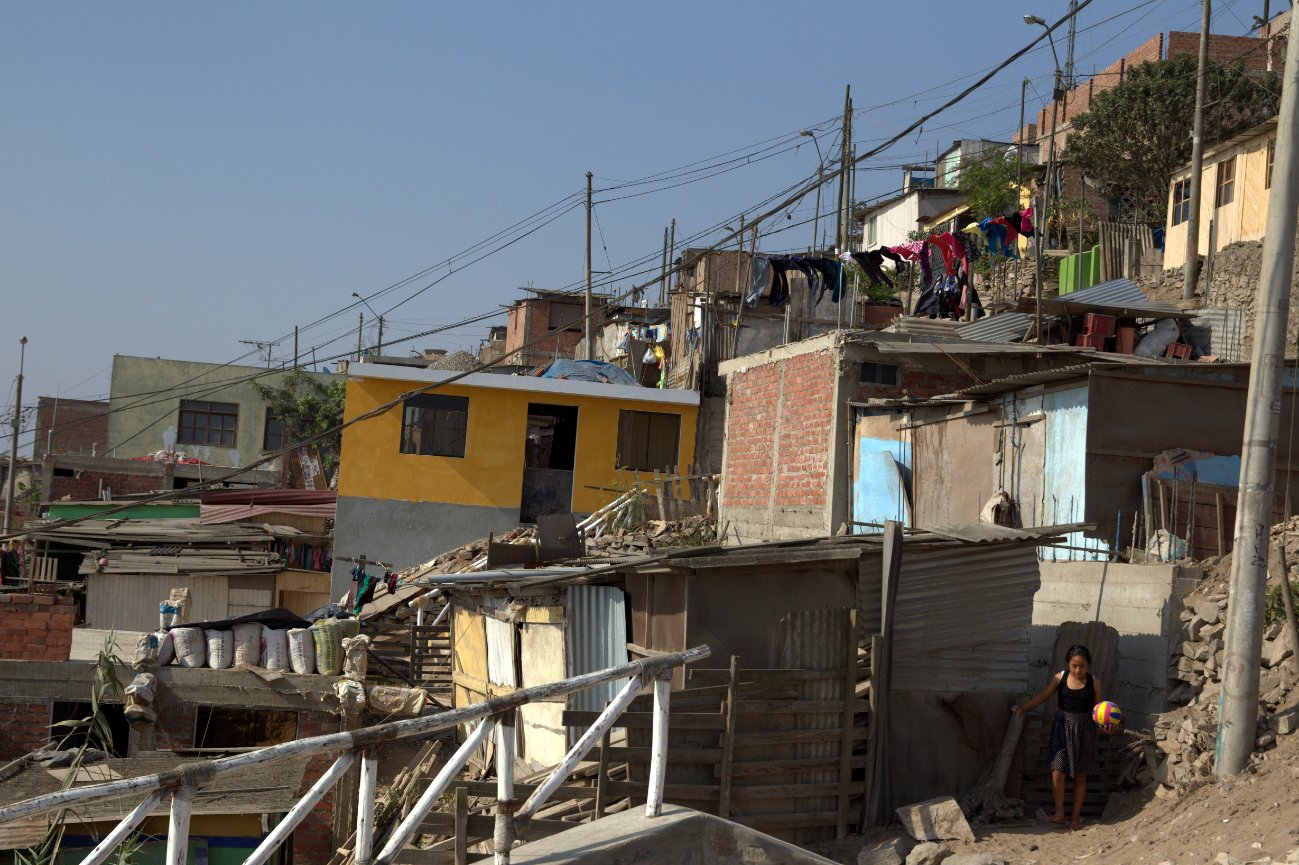
With whatever money that can be earned going for the daily necessities, money for safe housing takes a back burner. Literally. I looked inside of one house where several children and their mother live and saw a rusted cook stove that heats using sawdust or wood scraps. I was told that the woman who owns the house and the store next door, has been coughing. Her doctor told her that the stove is causing the cough and that if she does not stop using it, she will be dead within five years. “Five years is five years,” she says, “that’s a long way away.” She pauses, looks at her children and continues, “Where am I going to get the money when I have to take care of them?”
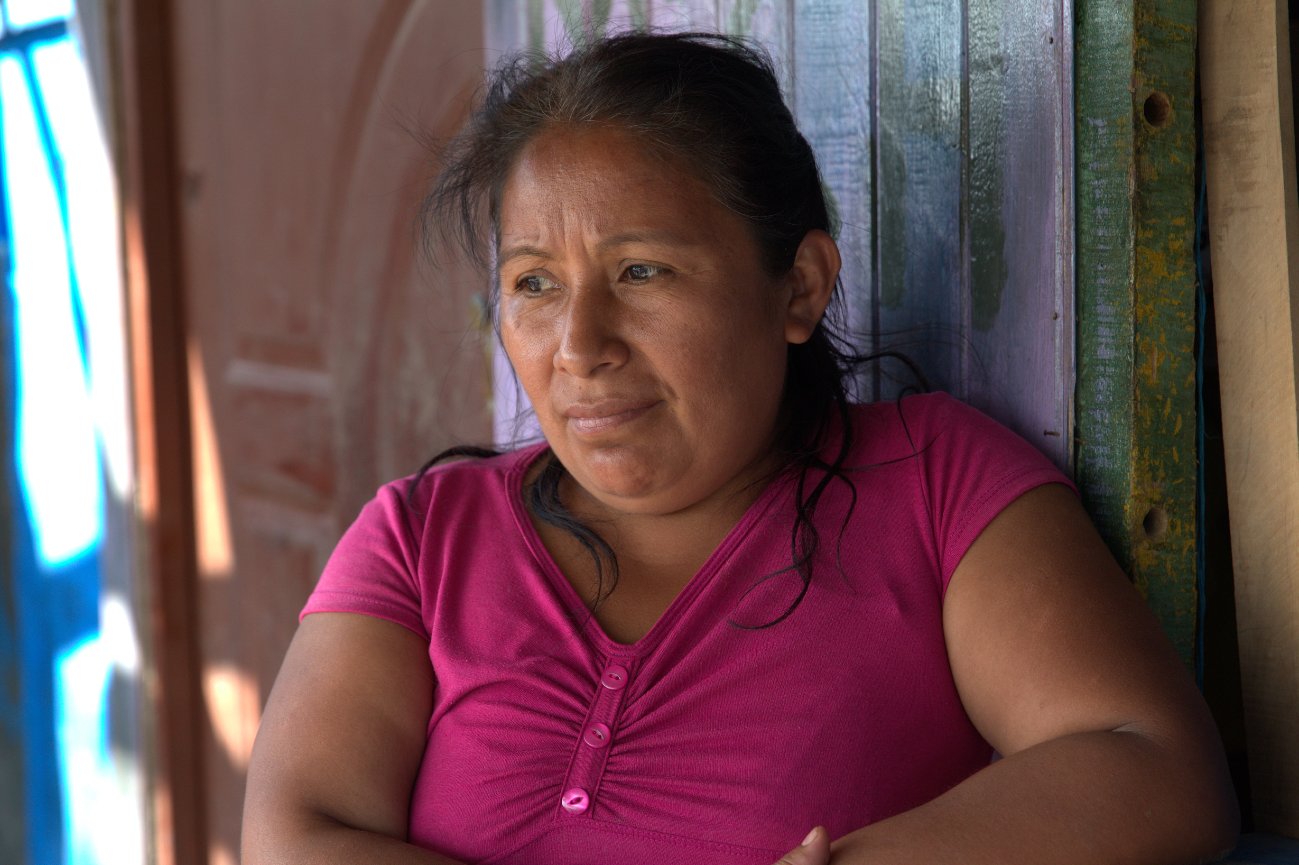
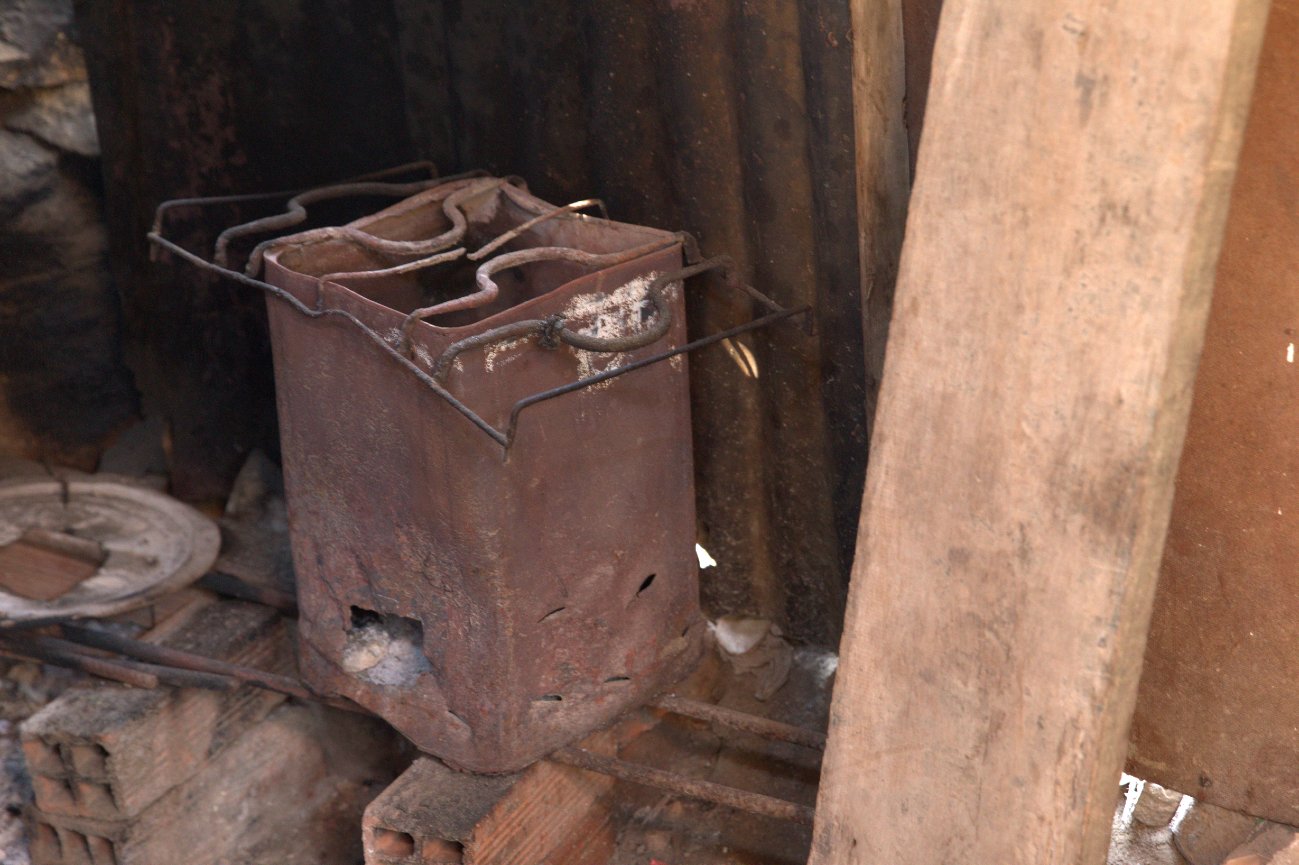
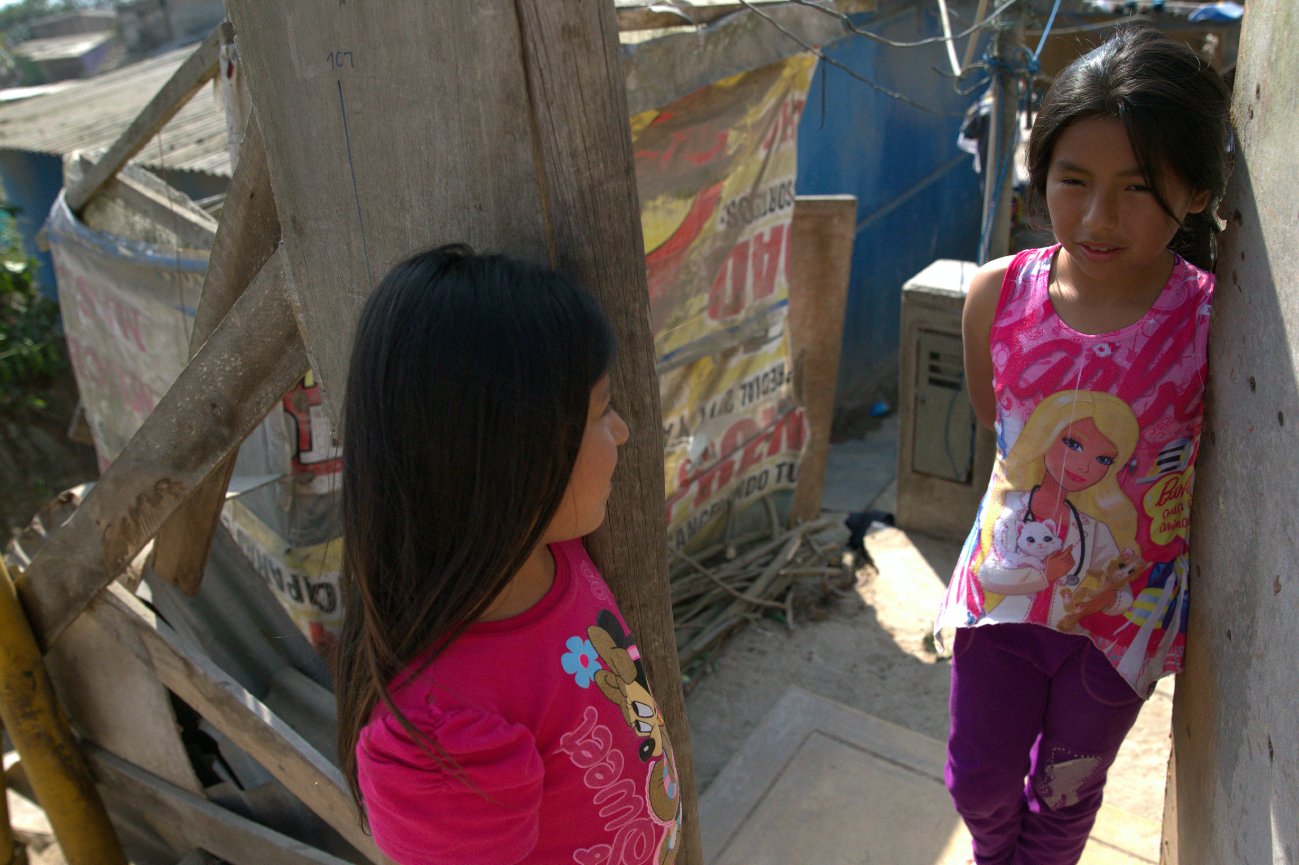
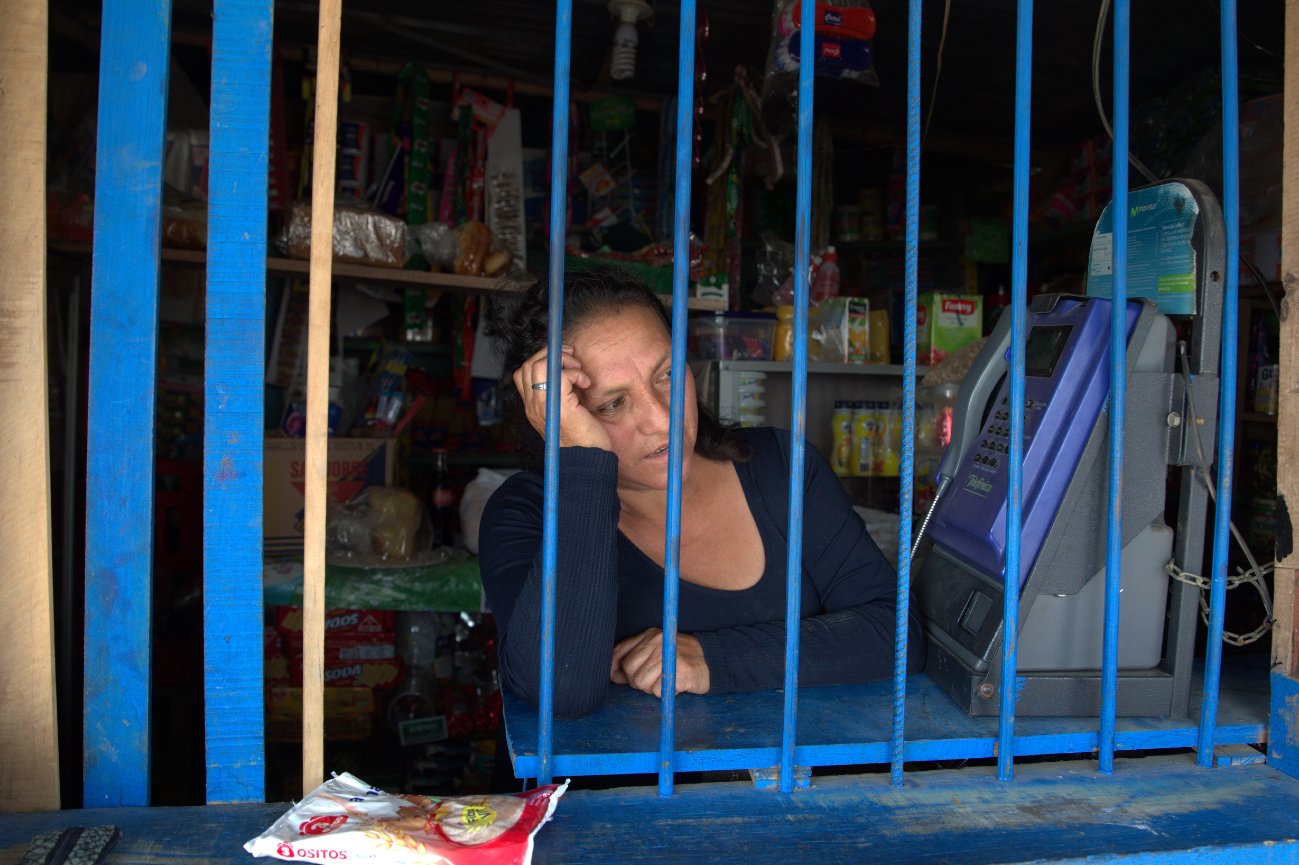

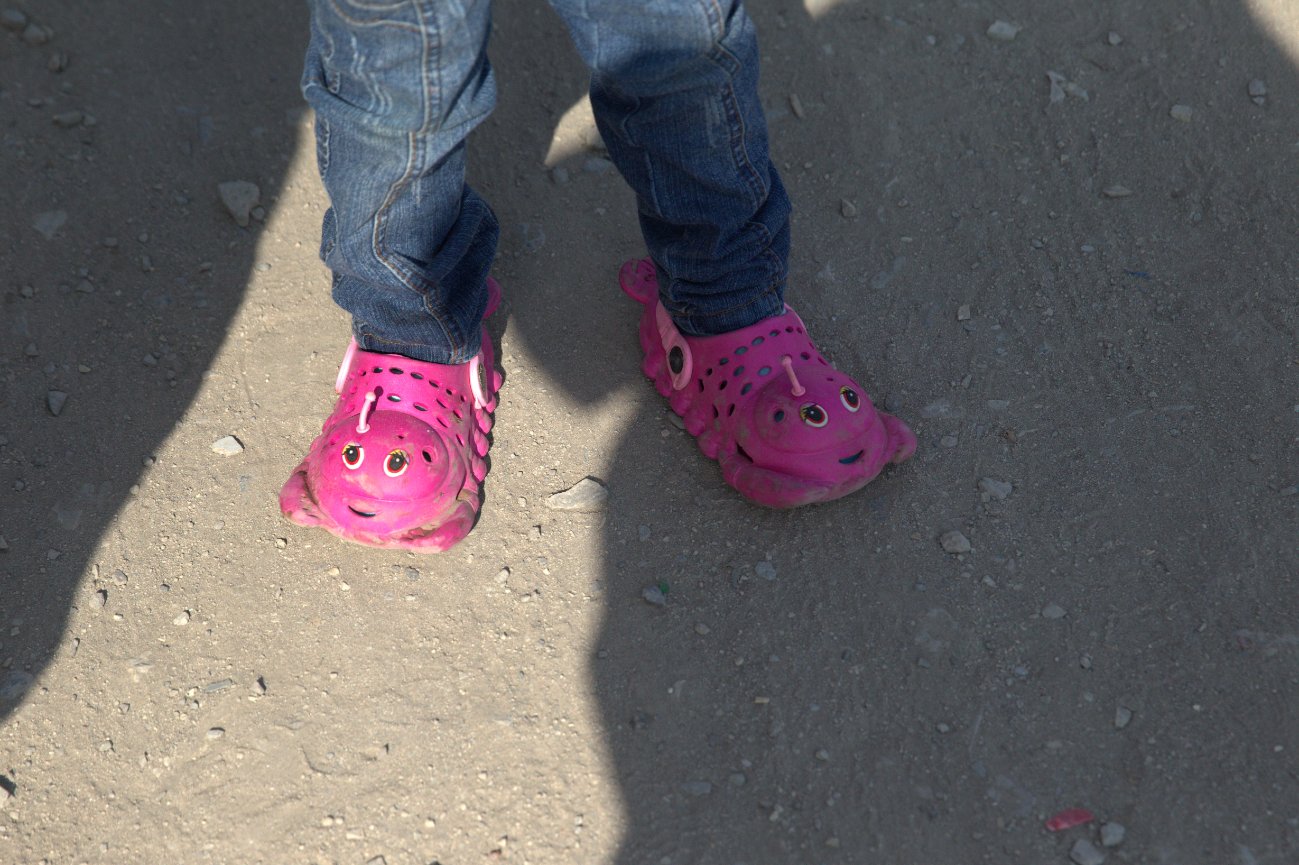

As with so many informal settlements in cities around the world, it is hard to know what to say without resorting to cliches. The housing is unsafe, people build when they can with what they can, and still have lives filled with warmth, kindness and love.
For more information:


Leave a comment
0 Comments